😃
This robot turns a traditional warehouse into an automated one. via: Myshify.
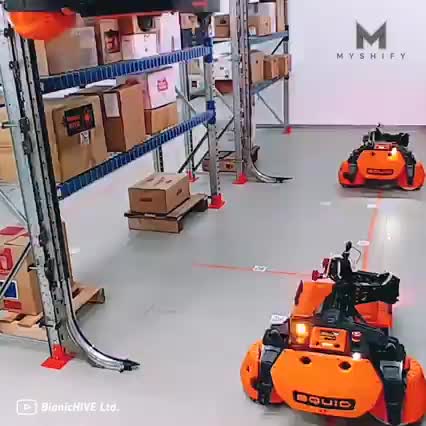
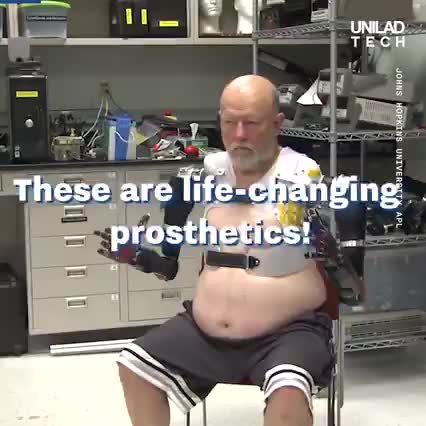
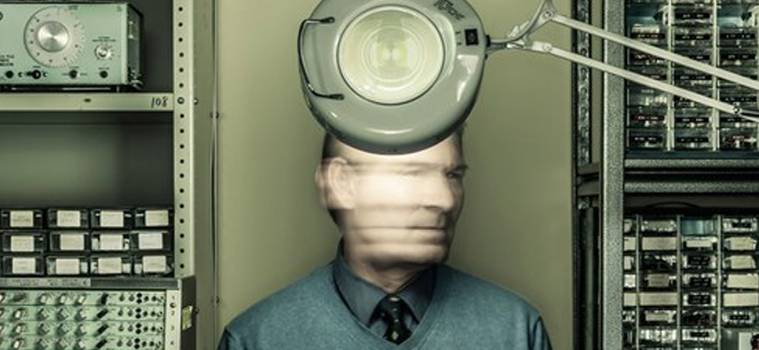
“A famous neurologist Phil Kennedy made global headlines in the late 1990s for implanting wire electrodes in the brain of a ‘locked-in patient’ to control a computer cursor with their mind. Compared to Alexander Graham Bell in The Washington Post, Kennedy became known as ‘The Father of the Cyborgs’. Travelling to South America in 2014, he made further headlines when tiny electrodes were implanted inside his brain in order to continue his research. This film examines the ethical quandaries of self-experimentation and a future where technology and human brains combine.”
Screen Ireland/Fís Éireann is the development agency for the Irish Film Industry investing in talent, creativity and enterprise.

Recent advances in the field of robotics have enabled the fabrication of increasingly sophisticated robotic limbs and exoskeletons. Robotic exoskeletons are essentially wearable ‘shells’ made of different robotic parts. Exoskeletons can improve the strength, capabilities and stability of users, helping them to tackle heavy physical tasks with less effort or aiding their rehabilitation after accidents.
An anthropologist dives into the world of genetic engineering to explore whether gene-editing tools such as CRISPR fulfill the hope of redesigning our species for the better.
The Mutant Project: Inside the Global Race to Genetically Modify Humans by Eben Kirksey. St. Martin’s Press, November 2020. Excerpt previously published by Black Inc.
Surreal artwork in the hotel lobby—a gorilla peeking out of a peeled orange, smoking a cigarette; an astronaut riding a cyborg giraffe—was the backdrop for bombshell news rocking the world. In November 2018, Hong Kong’s Le Méridien Cyberport hotel became the epicenter of controversy about Jiankui He, a Chinese researcher who was staying there when a journalist revealed he had created the world’s first “edited” babies. Select experts were gathering in the hotel for the Second International Summit on Human Genome Editing—a meeting that had been called to deliberate about the future of the human species.
Brink Bionics completed a very successful [Indiegogo](https://www.indiegogo.com/projects/impulse-neuro-controller-for-pc-gaming#/) crowdfunding campaign in 2020 and gained the confidence to [take part in the CES](https://twitter.com/BrinkBionics/status/1349458342087954433) just last week. The Waterloo, Canada-based startup has a single signature product for now, the Brink Bionics Impulse. It is described as a * neuro-controller for PC gaming, *and takes the form of a glove that uses built-in sensors to read your muscle bio-signals and applies AI to accurately predict your clicking intentions. They key claim for the product is that it can improve your gaming reaction speeds by as much as 80ms. Thus, the Impulse could be a boon to FPS, MOBA and RTS gamers on PC.
ToughDesk 500L RGB Battlestation is said to be a good choice for multi-monitor setups.
HEXUS® is a registered trademark.
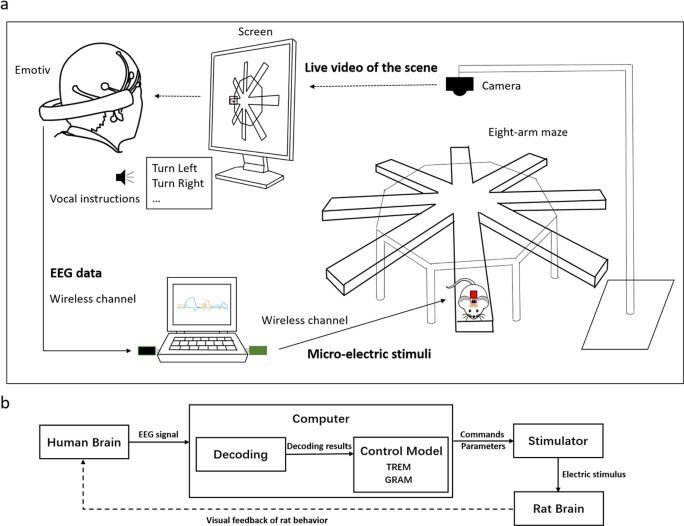
“The results showed that rat cyborgs could be smoothly and successfully navigated by the human mind to complete a navigation task in a complex maze. Our experiments indicated that the cooperation through transmitting multidimensional information between two brains by computer-assisted BBI is promising.”
(2019)
Brain-machine interfaces (BMIs) provide a promising information channel between the biological brain and external devices and are applied in building brain-to-device control. Prior studies have explored the feasibility of establishing a brain-brain interface (BBI) across various brains via the combination of BMIs. However, using BBI to realize the efficient multidegree control of a living creature, such as a rat, to complete a navigation task in a complex environment has yet to be shown. In this study, we developed a BBI from the human brain to a rat implanted with microelectrodes (i.e., rat cyborg), which integrated electroencephalogram-based motor imagery and brain stimulation to realize human mind control of the rat’s continuous locomotion. Control instructions were transferred from continuous motor imagery decoding results with the proposed control models and were wirelessly sent to the rat cyborg through brain micro-electrical stimulation. The results showed that rat cyborgs could be smoothly and successfully navigated by the human mind to complete a navigation task in a complex maze. Our experiments indicated that the cooperation through transmitting multidimensional information between two brains by computer-assisted BBI is promising.
3D printing technology is now enabling people to give animals prosthetics!
They are giving a better life to injured animals. 😃
Time spent with cats is never wasted collection, BUY NOW Custom designed graphic is printed in vivid color and high resolution using state of the art color transfer technology. Hoodies & Sweatshirts are made from super soft 50% cotton, 50% polyester. Printed in the USA. Guaranteed to last through hundreds of washes.
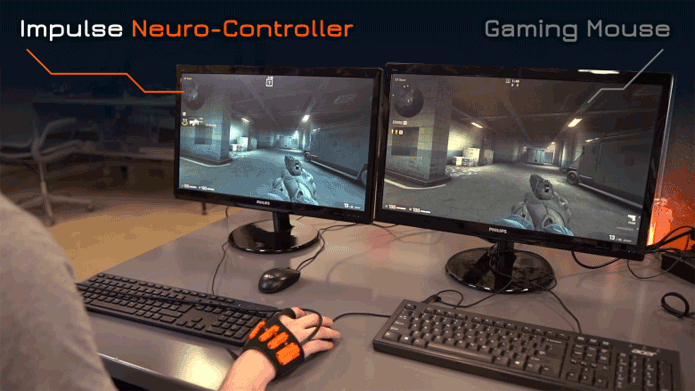
George Will, a political commentator for nearly half a century at The Washington Post, is known to also enjoy weighing in on sports on occasion, most notably baseball. He is fond of repeating the simple but critical observation that these games are a matter of “seconds and inches.”
In digital games, the same maxim applies, but even more so. Fractions of inches matter when targeting the enemy. And critical time is not measured in seconds but in thousandths of seconds.
With that in mind, developers at Canadian startup Brink Bionics have developed a device that promises to boost gamer proficiency by slashing the delay time between an intent to act and execution of the actual action.
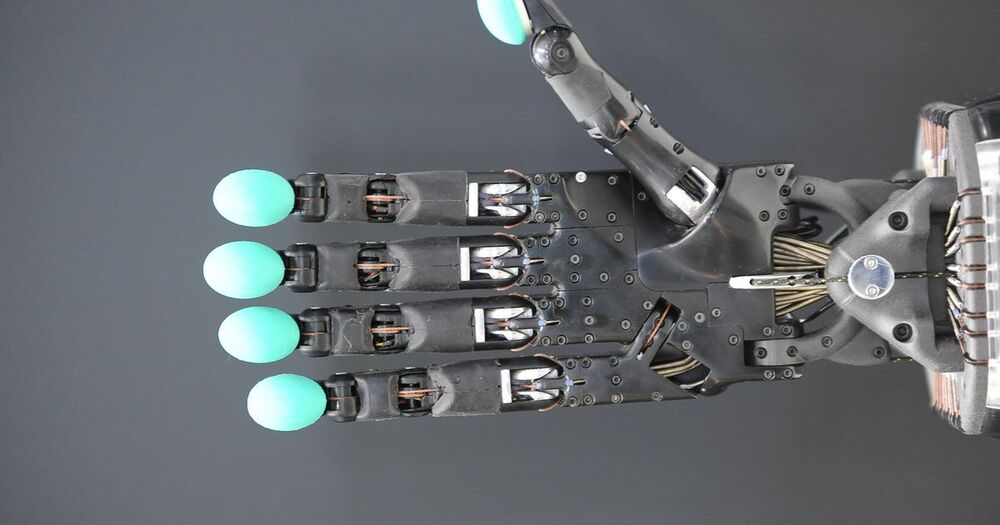
“I can feel touching my daughter’s hand or touching my wife’s hand, or picking up a hollow eggshell without crushing it,” Anderson says of his work with Psyonic, a startup operating out of the University of Illinois’ Research Park, in Urbana-Champaign. Psyonic expects to provide commercial prostheses with pressure sensing next year, and ones with sensory feedback sometime after that.
Technology is on the threshold of turning the unthinkable into reality. Awkward, unfeeling prostheses are morphing into mind-controlled extensions of the human body that give their wearers a sense of touch and a greater range of motion.
Along with sensory feedback, Psyonic’s rubber and silicone prosthesis uses machine learning to give its wearers intuitive control. The Modular Prosthetic Limb from Johns Hopkins University promises to deliver “humanlike” strength, thought-controlled dexterity and sensation. It’s currently in the research phase. And Icelandic company Ossur is conducting preclinical trials on mind-controlled leg and foot prostheses. These and other advances could make it dramatically easier for amputees to perform the sorts of tasks most people take for granted.